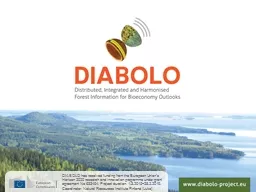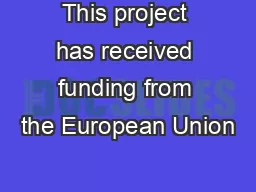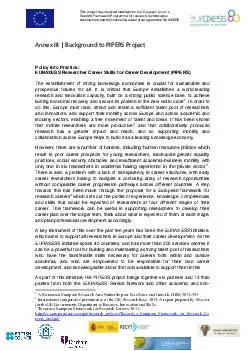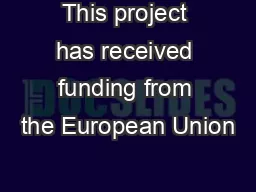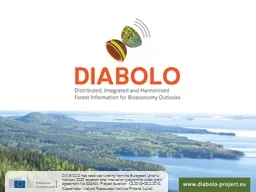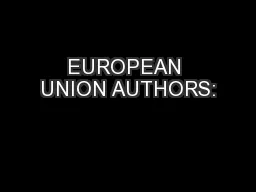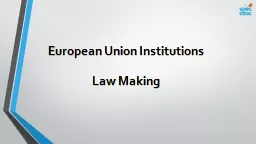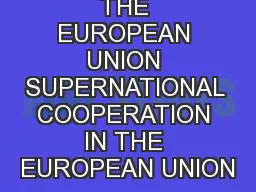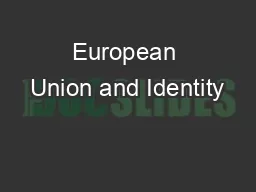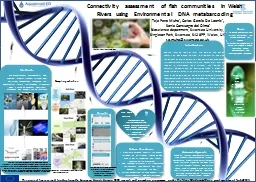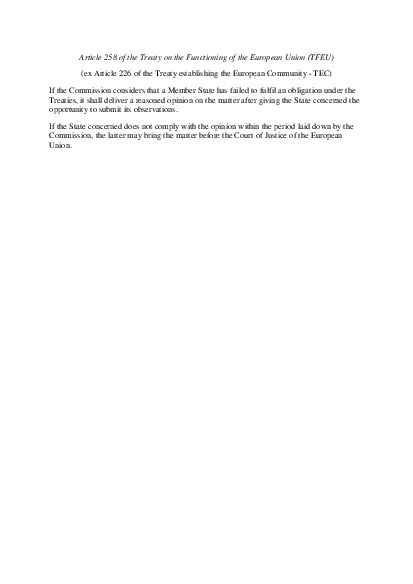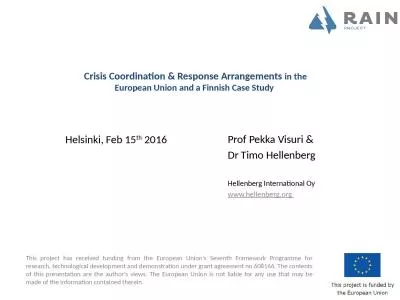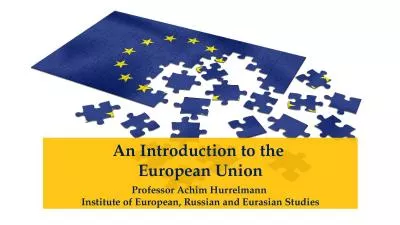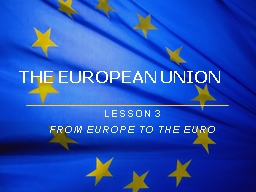PPT-DIABOLO has received funding from the European Union’s Ho
Author : phoebe-click | Published Date : 2017-12-15
The increasing competition for forest resources will necessitate new forestrelated policies across different sectors These policies demand relevant harmonised comprehensive
Presentation Embed Code
Download Presentation
Download Presentation The PPT/PDF document "DIABOLO has received funding from the Eu..." is the property of its rightful owner. Permission is granted to download and print the materials on this website for personal, non-commercial use only, and to display it on your personal computer provided you do not modify the materials and that you retain all copyright notices contained in the materials. By downloading content from our website, you accept the terms of this agreement.
DIABOLO has received funding from the European Union’s Ho: Transcript
Download Rules Of Document
"DIABOLO has received funding from the European Union’s Ho"The content belongs to its owner. You may download and print it for personal use, without modification, and keep all copyright notices. By downloading, you agree to these terms.
Related Documents

